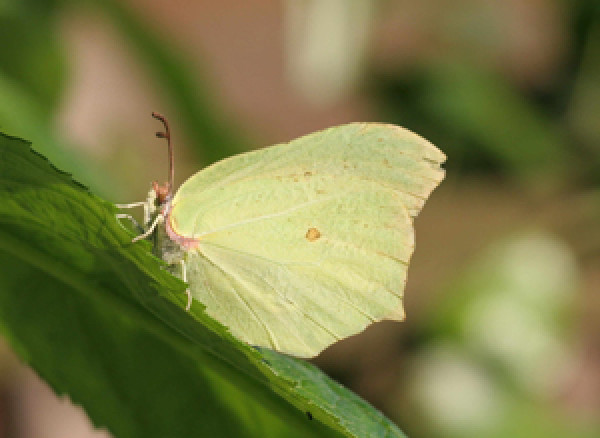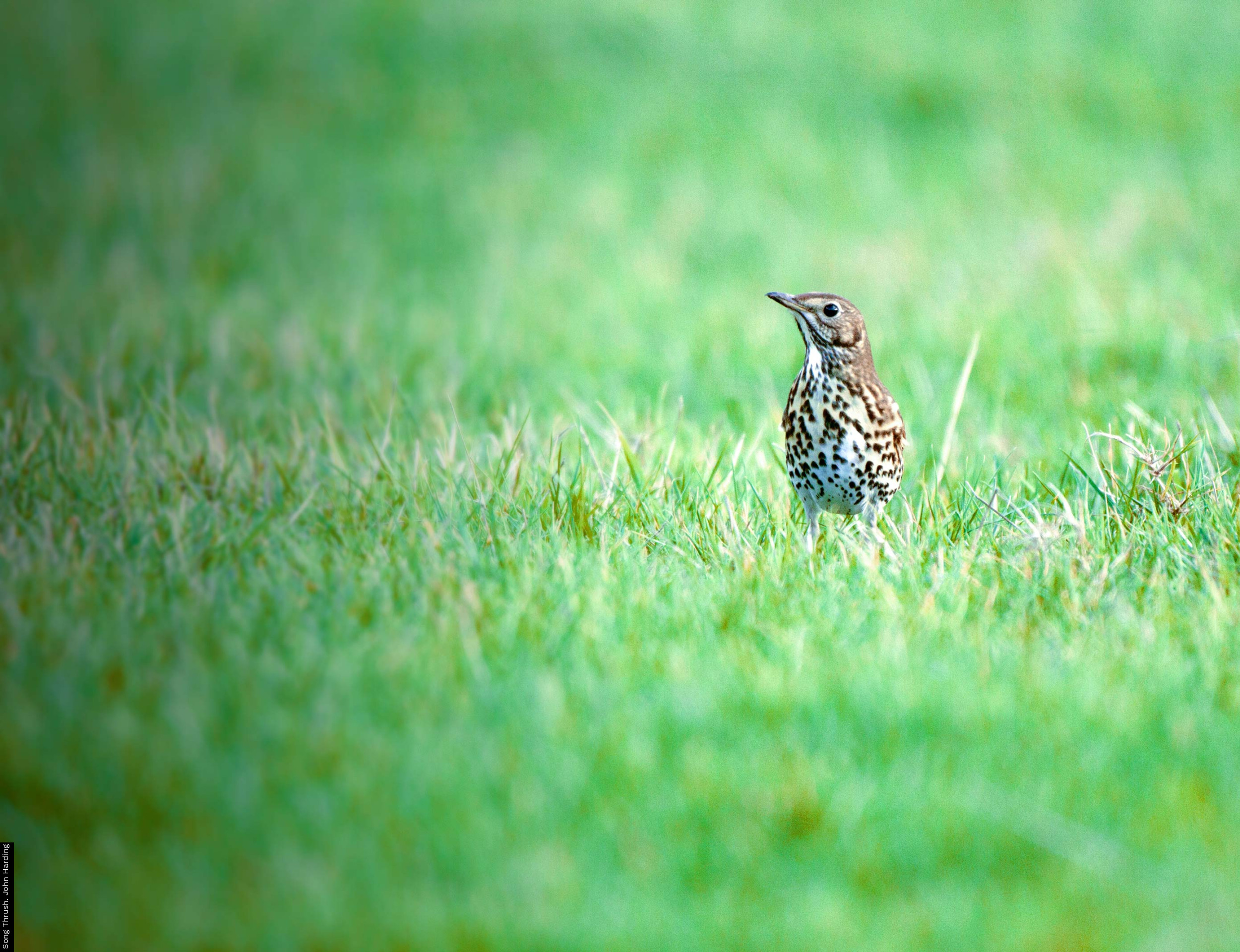Brimstone
Gonepteryx rhamni

Male Brimstones are a pale sulphur yellow in colour on the upper surface and a more greenish-lemon-yellow on the underside. Females are much paler in colour. Both sexes sport small orange-brown spots, one on each wing. Note the wing shape which separates this species from the other whites.
The caterpillars may be found by careful searching for feeding damage to the favoured food plants of buckthorn and alder buckthorn, the caterpillar itself rests on the mid-rib of the leaf.
Although there has not been any substantial change in the status of this species over recent years, the Brimstone's range has continued to expand, especially along the northwest edge of its range. This has been linked to increasing availability of Buckthorn (Rhamnus cathartica) and Alder Buckthorn (Frangula alnus), two of the larval foodplants, thanks to amenity planting. The mobile nature of this species may result in records at some distance from suitable breeding habitat.
Male Brimstones emerge from hibernation before the females and soon patrol in search of a mate. Eggs are typically laid on buckthorn and alder buckthorn during May and June, and the resulting caterpillars may be found from mid-May through into August. Adults from this single generation emerge throughout July and August and spend much of the day nectaring on the nectar-rich flowers of buddleia, teasel and various thistles. Buckthorn can be quite easy to establish in a sunny spot within a garden. This means that budding wildlife gardeners have ample opportunity to encourage the Brimstone within all but the most urban landscapes.







Share this page